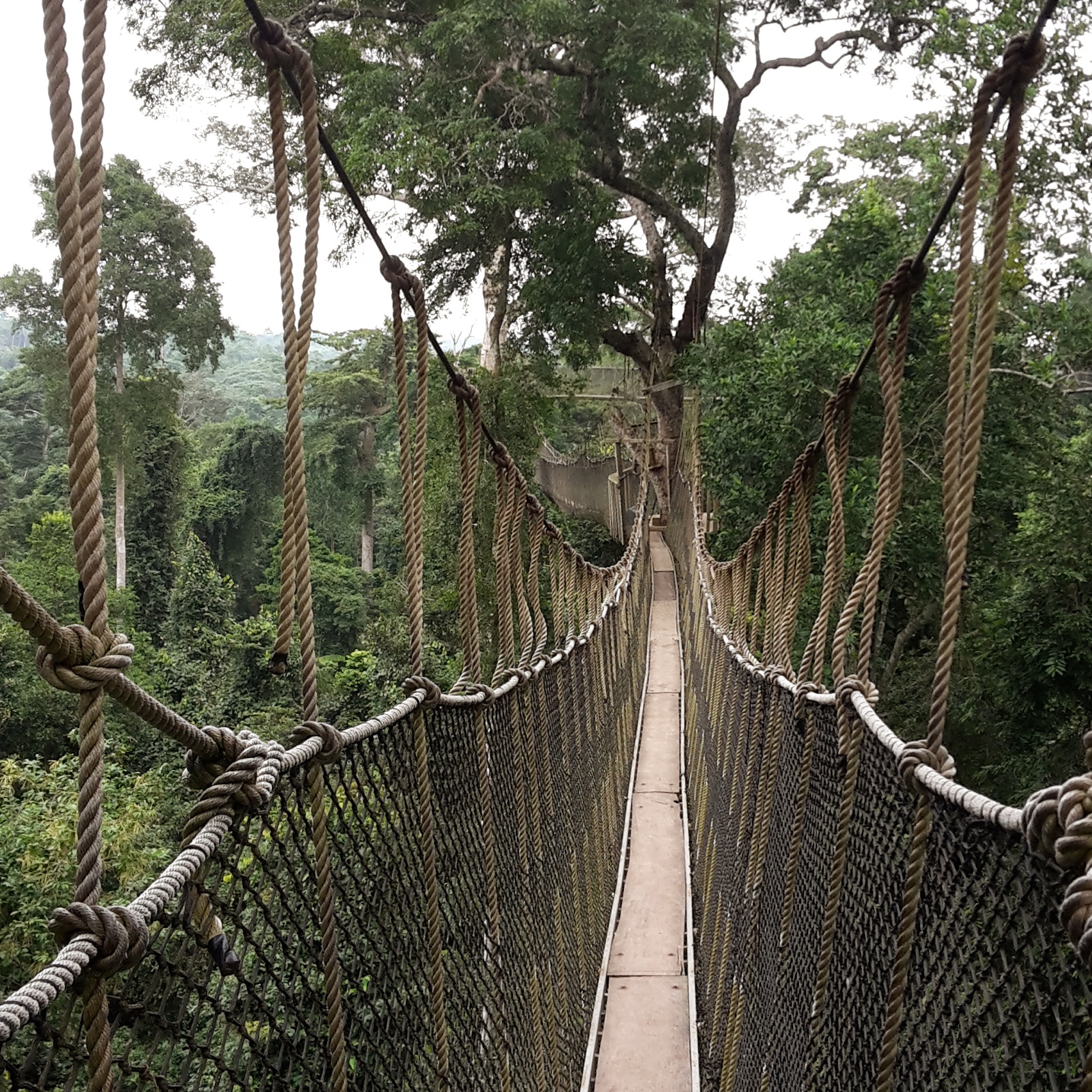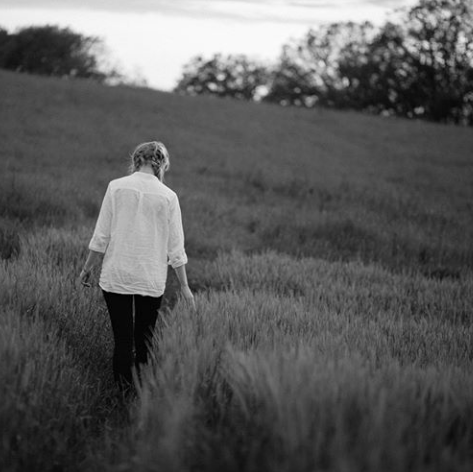Transport and Roads
As one of my field guides told me, transport, aside from owning a palm plantation, is the business in Ghana to make money.
I can imagine that, since it is one issue that pops up everywhere: Villages need to be connected to bigger towns for the supply of certain goods, they need to have access to markets to sell their own products, workers need to get to the sites where they are employed and tourists have to be able to make it to the attractions. So, if you can supply people with transportation you can also request good money.
Just recently there was a tv report called "Bumpy Kakum" on a local channel showing the need of a better road to the Park Center, since the Canopy Walkway is one of the main tourist attractions of Ghana. Right now a major part of the road from Cape Coast to Kakum is in an awful state and not only for foreigners this might be very challenging. All the bouncing up and down is probably not for everyone.
I also had different experiences with the state of some roads around the park. Since I am working in villages - really remote, situated right at the park border and at least a few kilometers from the next major road - also the roads are rural. Some paths that we were taking by car you would call a badly maintained field path, at best, in Germany, maybe used by some tractors but certainly not as the main (or even only!) road to a village.
I can imagine that, since it is one issue that pops up everywhere: Villages need to be connected to bigger towns for the supply of certain goods, they need to have access to markets to sell their own products, workers need to get to the sites where they are employed and tourists have to be able to make it to the attractions. So, if you can supply people with transportation you can also request good money.
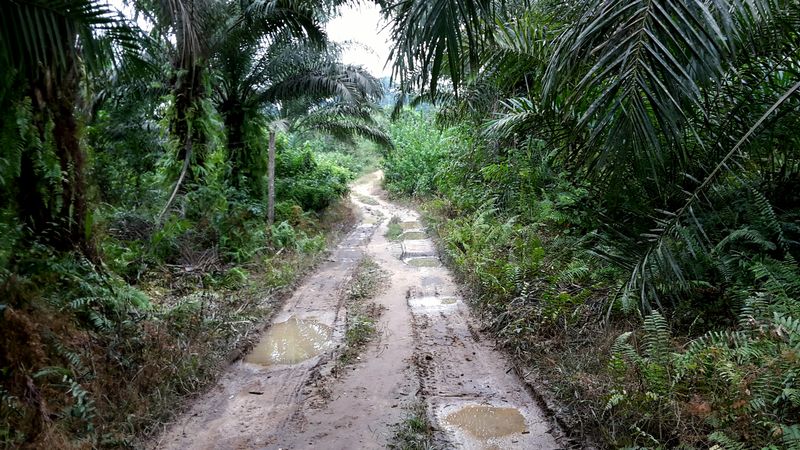
In addition to that it is rainy season right now. Due to this, we sometimes had to take detours, avoiding certain parts of the roads that are too muddy at this time of year. But nevertheless, sometimes I could feel the car floating underneath me rather than driving.
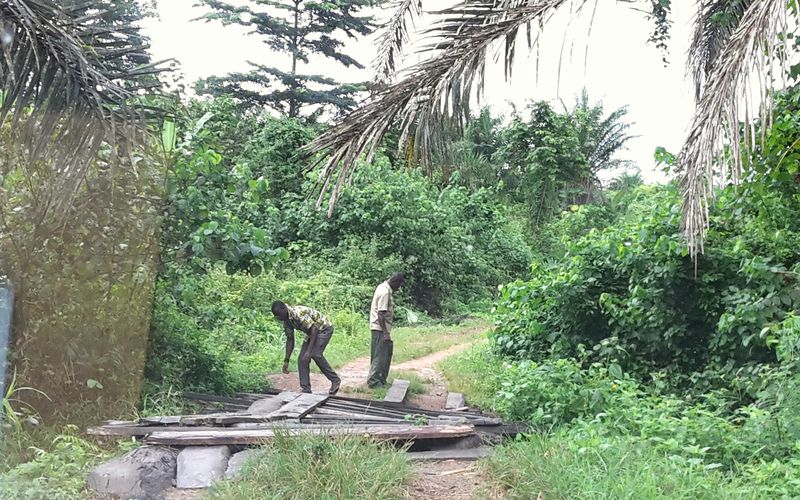
Most roads we were taking were just tamped soil trails with humps wherever houses were close by in order to slow down traffic - not that there was much or that you were able to drive fast. The potholes were prevailing, sometimes deeper, sometimes shallower. Still, after some of the rides I had bruises at my shoulder where it kept hitting against the door with every pothole or hump that we were crossing.
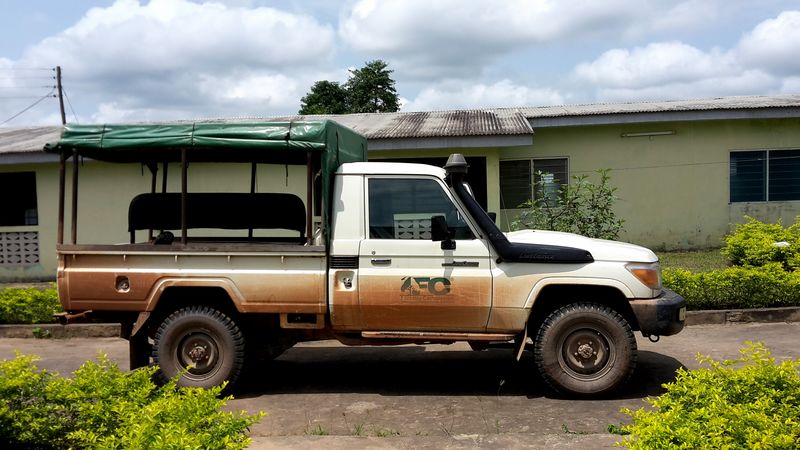
Another time, me and my translator were brought by motorbike to a village to conduct some interviews. But the road was hilly and in parts too muddy to support a motorbike and three people so that we had to walk quite a lot. We passed by a truck that was trying to climb one of the hills, but you could tell that this was not going to work out.
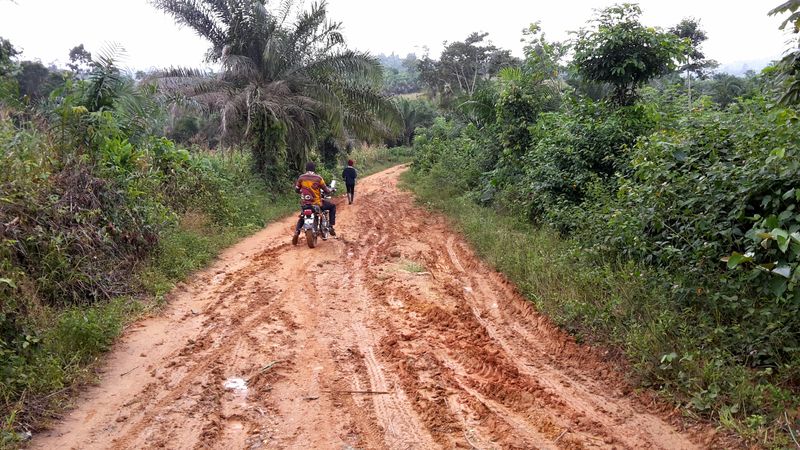
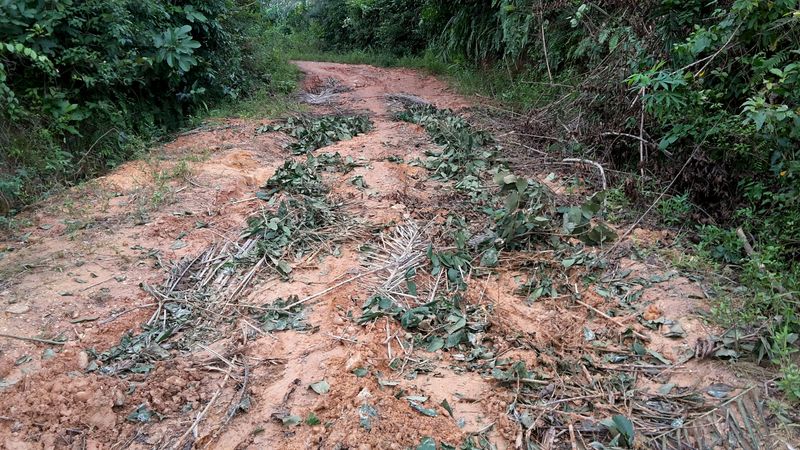
This is a real problem for some of the smaller villages: in the rainy season supplies and also the transport of the goods that they have to sell is highly weather dependent! This is also one of the reasons why villagers in general try to be self-subsistant.
Once we (my translator and me) moved from one village to the next by motorbike because a tire of the pick up that usually took us was broken. It was a rainy day and again, three people on a motorbike... Additionally I was sitting in the back but the right footrest was broken so that I had to hold up my leg the hole time (2 hours). I let that count as my exercise for the day. It started raining in between and we passed through so many mud puddles I couldn't count. I think my one jeans I brought has still a slight reddish-brown glimmer - my hand-washing qualities are apparently in need of improvement...
Also, the Tro Tro's that I was talking about earlier seem to be mostly vans from some European countries. At least I saw several with german company logos, of carpentries for example.
Sometimes I feel like in one of these zombie movies, when I see an abandoned car on the side of the street in the middle of nowhere with a broken tire and dusty windows...
In the middle of the street there are sometimes cars or trucks that broke down, standing there for days until they get repaired or removed at least to the side. But the general custom is to drive on whichever side of the street there are less potholes anyway.
I don’t know if I should be glad that like this, things, resources, are used more sustainably or if I should dwell on the inequity, that people here have to use things that we, in richer countries, think are not good enough for us anymore.

